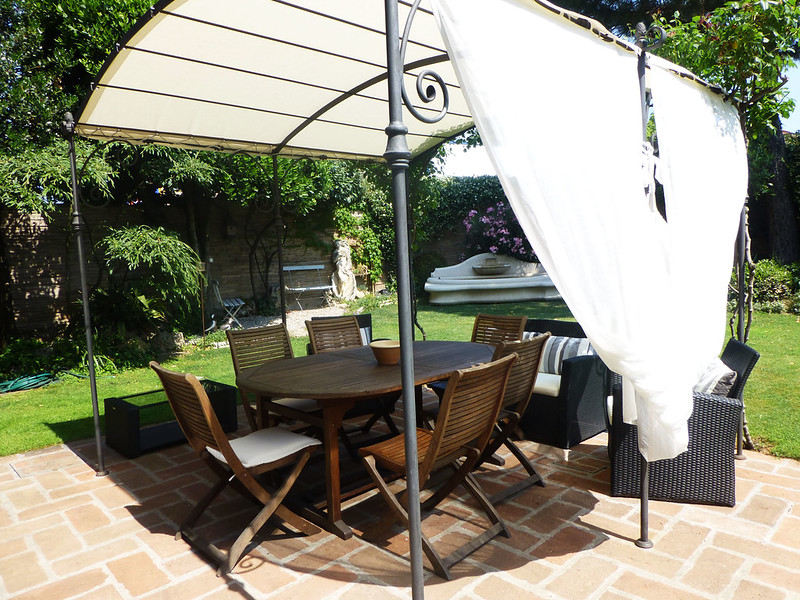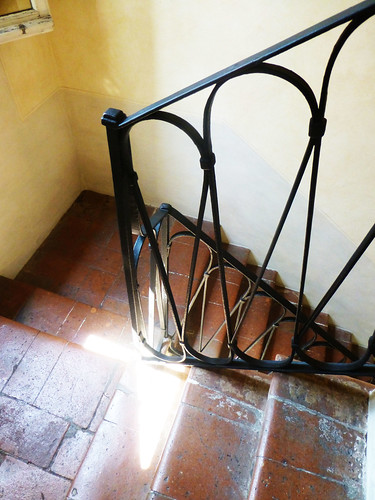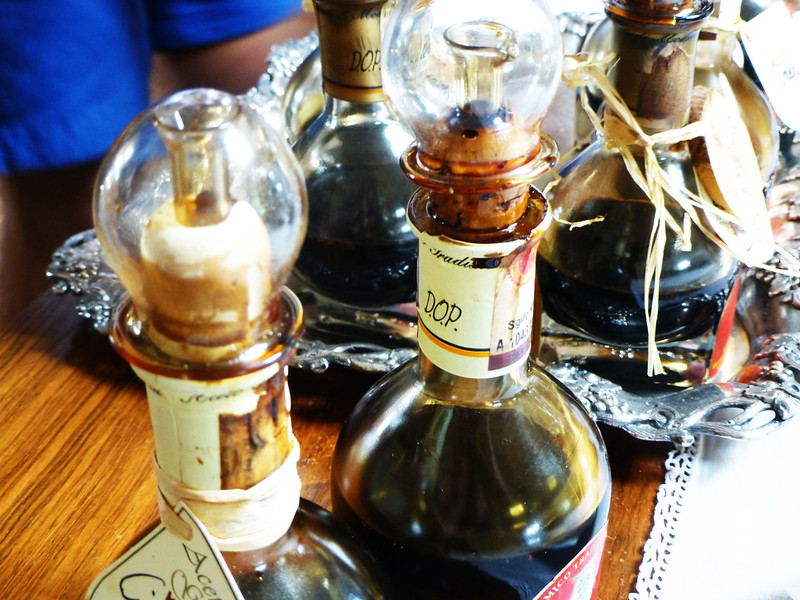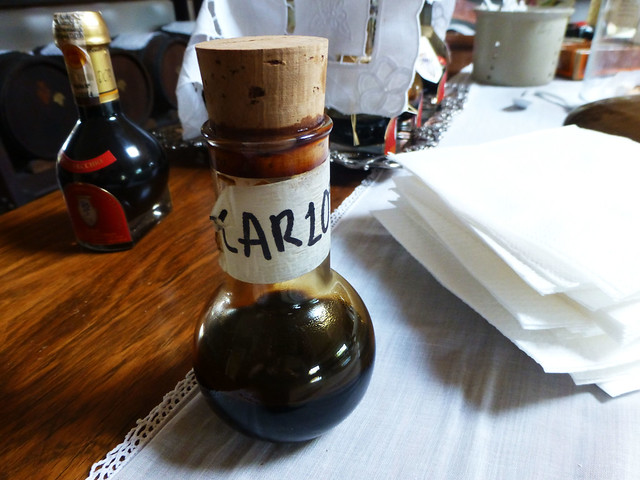My Search for Authentic Balsamic Vinegar (An Experience of Inspiration)
When I arrived at Acetaia di Giorgio, a traditional balsamic vinegar producer just outside Parma, Italy, I thought I was in the wrong place.
When I imagine food production, I think of factories and workrooms, cellars and barns.
What I don’t think of is grand Italian villas surrounded by lush gardens, quiet fountains, and brick walls wreathed in ivy.
So when I arrived at the address, scratched hastily on a little piece of paper, and discovered a walled villa surrounded by lush greenery, I thought that surely I’d gotten my directions wrong.
But no.
This—this ivy-wreathed country home in the middle of a city landscape—this was the balsamic vinegar producer I’d been looking for.

The tour began in the garden, where a friendly little West Highland Terrier joined us for belly rubs in the sunshine as we talked about Italy, food, and the villa itself.
Then, we very quickly headed up the staircase to the top floor, winding up past sunshine streaming through old villa windows and casting shadows of the wrought-iron banister on the floor.


Now, it was time to talk about the only thing more wonderful than the villa itself: its balsamic vinegar.
I’ve been a big fan of balsamic for a long time, buying the grocery store bottles and using them in turkey marinades and spinach salads. But, aside from noticing that the most expensive and most beautiful bottles came from Modena, I never knew anything about it—not about the aging process or the wood used in the barrels, not about the distinctive flavor differences that both aging and wood bring with them.
And so I found myself delighted at every turn as we tasted first one, then another, then another type of balsamic. The 12+ year-old balsamic aged in different types of wood was strong, thin, and tart. The 12+ year -old balsamic aged in only cherry wood was sweeter; our guide grinned as he told the wide-eyed tour group that this balsamic goes well with ice cream.

Then there were the 25+ year-old balsamics, thicker and milder and full of flavor. The Carlotta vinegar, from 1986 and aged only in sweet woods like cherry, oak, and chestnut, was sweet and compelling. The 25+ year-old balsamic aged in Juniper was surprisingly spicy and robust. “Perfect,” our guide said, “for lamb chops and filets.”
Finally, we reached the pinnacle of balsamic vinegars. Over 25 years old, aged only in oak barrels, they call this one the Superior (and it is). Strong, yet perfectly smooth, this was definitely, absolutely my favorite.

Unlike the store-bought balsamics, which are full of preservative chemicals and sugar and are only aged for three months or less, there was a subtlety to these vinegars. You could taste the sweetness of the sweet woods and the spiciness of the juniper. You could feel the difference on your tongue when you went from 12+ years of aging to 25+. And the whole experience felt connected to nature and the earth in a way that balsamic has never felt for me before.
It’s so rare that we stop to learn how our foods are made, how delicate and detailed and special they are.
And this is one of the things I love most about Italy—the special pride they take in their food, and the intense joy they get from sharing its nuances with everyone willing to listen.
For me, the best travel experiences are the ones that leave you inspired.
This was one of those.
You can book your own lovely tour (and buy some of the to-die-for balsamic) by email or phone. Visit the Acetaia di Giorgio website for more information.
P.S. Going to Italy this year? I wrote a book for you.
Comments
-
-
lucent imagery
Your inspiration and enjoyment has flowed through magically in your words, and transported me. I can feel how moved you were. I too can’t wait to experience the Italian pride and detail in food, soon!
-
Maria
I have missed the pictures. Summer is such a good time to connect with the origins of what we eat.

Larissa
Gigi, my mouth was watering as I read this. Must go!